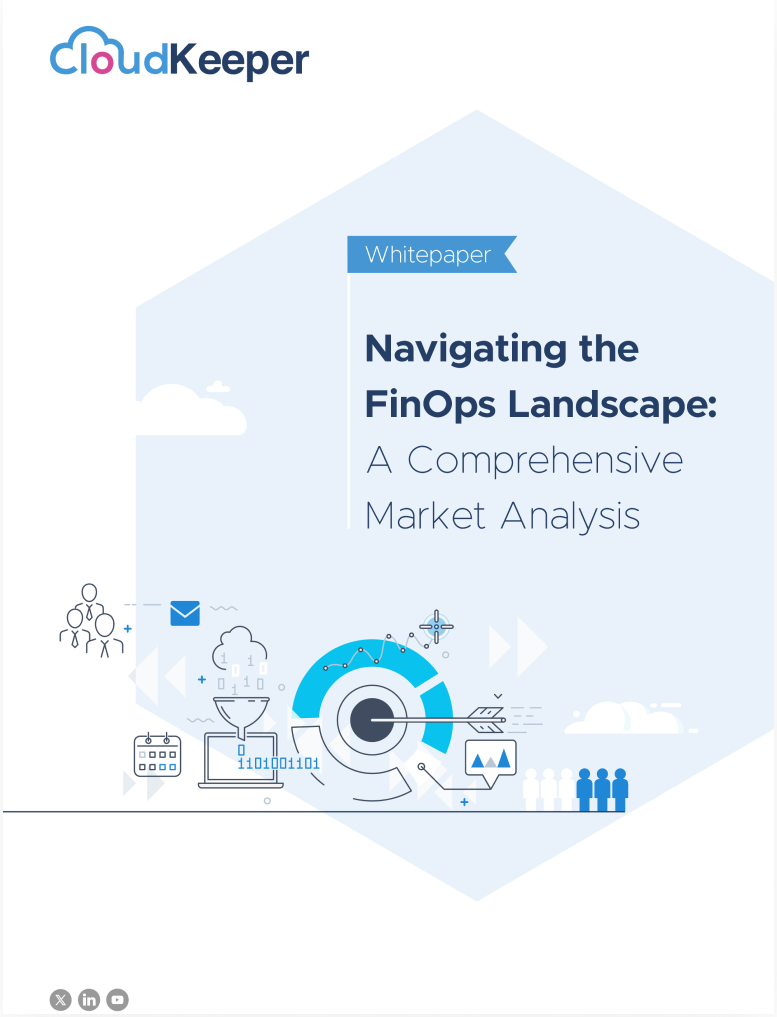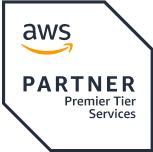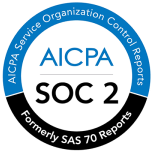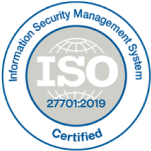Optimizing costs while maintaining performance in the dynamic world of cloud computing is a perpetual challenge for businesses leveraging AWS infrastructure. Among the array of AWS cost savings strategies available, effectively managing AWS Reserved Instances (RIs) is a powerful way to achieve significant savings. However, manual reserved instance management can be cumbersome and time-consuming. Enter automation – the key to unlocking the full potential of AWS reserved instance management. Read along as we talk about the challenges of AWS reserved instance management, the benefits of automation, and the functionalities of an automated RI management system.
Challenges of AWS Reserved Instance Management
Inaccurate Planning and Purchasing
Inaccurate planning and purchasing can significantly affect an organization's cloud cost optimization efforts. Firstly, it can lead to overprovisioning, where resources are procured in excess of actual requirements, resulting in wasted spending. Conversely, underestimating resource needs can lead to underutilization, where purchased resources remain idle or underused, still incurring costs.
Suboptimal resource allocation may occur, with certain workloads not assigned to the most cost-effective resource types or pricing models. This inefficiency can result in higher-than-necessary costs. Additionally, inaccurate planning makes budget control challenging, as unexpected costs can lead to budget overruns and financial strain. Moreover, it hampers the organization's ability to forecast future cloud spending accurately, hindering long-term budgeting and strategic decision-making.
Uncertainty in Purchase Decisions
Uncertainty in purchase decisions regarding AWS Reserved Instances (RIs) can be attributed to various factors organizations encounter during their cloud journey. Modernization initiatives aimed at upgrading infrastructure, migration projects involving transitions to the cloud, and the management of short-term workloads can all contribute to hesitancy when it comes to committing to RIs.
Additionally, organizations may face challenges from a limited understanding of AWS RI offerings and how they align with their specific workload requirements. This lack of clarity can lead to indecision and delays in RI purchases. Consequently, organizations may miss out on fully leveraging the cost advantages and potential savings that RIs offer.
Operational Overhead while Managing RIs
Procuring RIs involves careful planning to determine the appropriate instance types, term lengths, operating systems, and regions to maximize cost savings. Once purchased, organizations must continuously monitor their RI inventory to ensure their reservations align with evolving workload demands. Overseeing a considerable RIs adds an operational burden that organizations must manage.
Activities like procurement, adjustment, and liquidation of reservations demand meticulous coordination and supervision, making the process of tracking and updating RIs time-consuming and resource-intensive. Despite the AWS cost savings and flexibility offered by Savings Plans compared to Reserved Instances, their inflexible commitment could pose a significant challenge.
How Can Automation Help Effectively Manage AWS Reserved Instances?
Streamlining RI Identification & Matching
Automated reserved instance management streamlines the process of AWS RI identification and matching. Powered by AI engines, they autonomously analyze workload patterns to identify the most appropriate RIs for maximizing AWS cost savings.
These solutions eliminate manual analysis and decision-making by leveraging historical usage data and machine-learning algorithms. They can detect workload changes, forecast resource requirements, and accurately match RIs to instances. This automation significantly enhances RI identification and matching efficiency, saving organizations valuable time and resources.
Maximizing AWS RI Utilization
AWS Reserved instance management solutions offer more than just initial RI identification and matching. They provide advanced functionalities such as real-time utilization tracking, cloud cost forecasting, rightsizing suggestions, and automated RI procurement based on workload patterns.
These platforms empower organizations to make informed decisions, optimize RI usage, and realize substantial AWS cost savings. However, many platforms rely exclusively on the AWS RI marketplace for RI transactions, restricting their capabilities to EC2 instances and limiting the scope of seamless reserved instance management for organizations.
AWS Cost Savings and Operational Efficiency
Automated systems offer significant AWS cost savings and operational efficiency, among their primary benefits. Organizations can guarantee efficient RI utilization and achieve 100% AWS RI Coverage by automating RI identification, matching, and continuous cloud cost optimization, mitigating the risk of underutilization and mismatched instances. This optimization results in substantial cost reductions for organizations. Additionally, automating reserved instance management processes eliminates the necessity for manual intervention, reducing administrative overhead.
Reduction in Human Error
Automation drastically minimizes the risk of human error inherent in manual reserved instance management. Through leveraging advanced AI capabilities, organizations can eradicate the guesswork and subjectivity inherent in RI identification and matching. The system autonomously analyzes workload patterns, compares them with historical data, and makes data-driven decisions to optimize RI allocations.
Specific Functionalities of Automated Reserved Instance Management Tools
Automated AWS RI Purchasing and Renewal Recommendations
Utilizing historical usage data and predictive analytics, automated reserved instance management tools recommend the most cost-effective RI purchases and renewals based on workload patterns and future demand projections.
Real-time RI Utilization Monitoring and Alerts
Continuous monitoring of RI utilization allows teams to identify underutilized instances and take proactive measures to optimize resource allocation. Automated alerts notify stakeholders of potential AWS cost-saving opportunities or instances of suboptimal utilization.
Automated RI Rightsizing and Optimization
Automated reserved instance management tools identify opportunities for rightsizing and optimization by analyzing usage patterns and performance metrics. They recommend adjusting RI attributes such as instance type, size, and term duration to match workload requirements more accurately.
Introducing CloudKeeper Auto: Zero-touch, AI-based platform for AWS Reserved Instance management
At CloudKeeper, we understand the importance of maximizing AWS cost savings and operational efficiency in the cloud. That's why we've developed CloudKeeper Auto – a comprehensive solution for automating AWS reserved instance management. Among the various RI management players, CloudKeeper Auto gives customers an edge with its unique features and expertise in AWS cloud cost optimization.
CloudKeeper Auto ensures that organizations get the maximum savings on their AWS usage. Its AI-powered automation capabilities and guaranteed buyback of unused RIs ensure AWS cost savings and financial security. Unlock the full potential of your AWS Reserved Instances with CloudKeeper Auto and experience the power of automagically savings. Talk to our team today!








